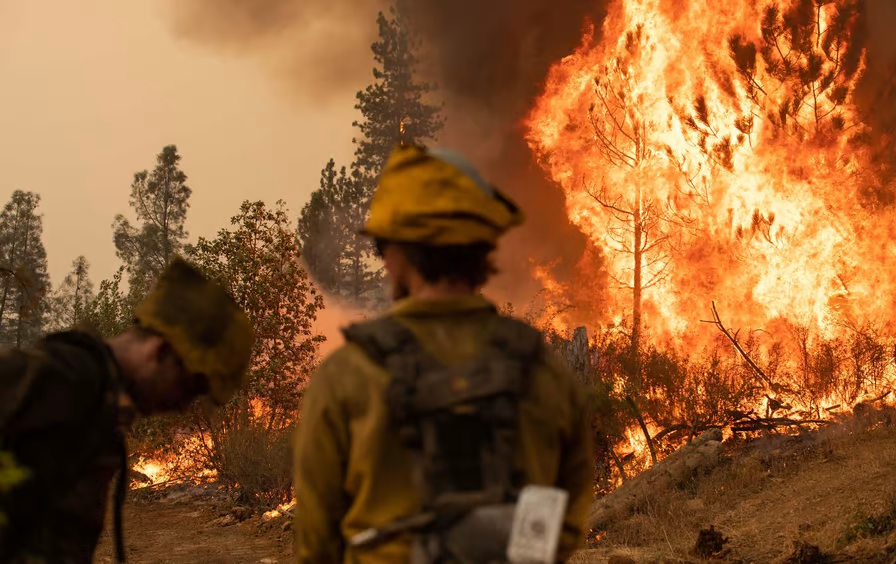November 1, 2022
Can the Midterm Elections Help Solve the Climate Crisis?
By Lisa Herforth-Hebbert
Climate organizers across the country are adding voter engagement work into their own advocacy. But electing Democrats is just a first step.

Over the past 10 years, Gavin Healy, a senior at the University of California–Berkeley, has seen his hometown in the Lake Tahoe area of Northern California—once a lush, green place—turn brown. A nearby lake is completely drained from a decades-long drought, and uneven water restrictions have created a patchwork landscape. Most summers, fires have brought with them destruction and dangerous air quality. Just last year, a wildfire forced Healy and his family to evacuate their home. Recalling one fire season in 2018, he said, “I remember the sky being completely black, and you can’t breathe, and I’d be walking home for three or four miles, just casually going, and I’d be like, ‘OK, like this is like the most ridiculous thing ever.’”
Now, Healy is one of millions of young people eligible to vote in the upcoming midterm elections (over 8 million of whom are newly eligible voters under 20 years old). As a young person directly affected by climate change, he’s not alone. In just this past summer, young people across the country—and the world—have faced record-breaking hurricanes and an intense and lengthy fire season.
The fall 2022 youth poll from the Harvard Public Opinion Project showed that “climate change is in the top tier of issues for young Americans heading into the midterms,” Alan Zhang, a junior at Harvard University and the chair of HPOP, points out. “If we’re looking at young liberals and young progressives [specifically], there’s really four issues tied for first place: There’s abortion, inflation, climate, and democracy.”


